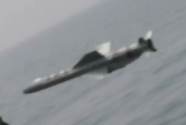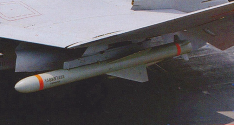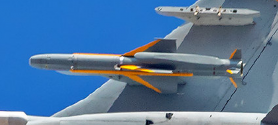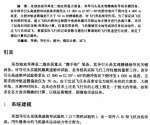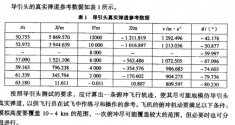Nothing but bluffing… otherwise you cannot explain why USN is spending so much resources in Aegis updating and all 4 US military branches are spending every coin they can find to build their own ASBM/HGV.In light of the recent photos of possible ASBM or HGV or HCMs, I got curious enough to see what US Navy is doing about it because I read some interesting stuff like this
I found the entire confidence in there to be quite puzzling, so I took some further look into it. Now, SM-3 is the primary interceptor for US Navy against long range ballistic missiles like ICBMs, but they are purchased in small numbers and probably available in small numbers also. It seems like SM-6 is the main interceptors against IRBM with US Navy. It does seem like SM-6 had some successful tests against ballistic missiles. Although, the most recent one with 4 SM-6s against 2 SRBM may not have destroyed both of them
Which brought me to look at HGVs, which are a lot harder for AAW ships to track and intercept, since they are not following the traditional ballistic flight path.
Looking at the current USN plan on how they intend to deal with HGV, it doesn't really ring a lot of confidence since they are mostly dependent on satellites to detect HGVs at launch or earlier part of the flight. It seems like these solutions would be in a lot of trouble if anti-satellite weapons or really aggressive jamming or countermeasures are used against the surveying satellites or if they find ways to decrease HGV's general detection from satellite (maybe some kind of materials that would be harder to identify). Once you get to the terminal phase, these missiles get a lot harder to intercept.
And there is also the scenario of hypersonic anti-ship cruise missiles, which would seem like the hardest to track and to intercept.
It definitely seems like we have this race going where the anti-ship missile technologies are improving and becoming harder to track and intercept, but the defense technologies are also improving. ASBM was probably fully ready 5 years ago. The goalpost has been moving pretty rapidly since. I'm not too sure why the US naval intel head is hoping China would spend more money in this area. This seems like the best way for them to overwhelm carrier group air defense network. It is quite different to be handling a few ASBM vs handling 50 anti-ship missiles of different hypersonic and supersonic variety. PLAN/PLAAF inducting a large number of these types of missiles and lowering their production costs is pretty much bad news for everyone else.
Don’t forget (based on MDA) there’s no confident capability for HGV interruption in service until 2028(with satellites), but DF-17 had been in service in 2010s. Even no interrupting test until FY2023, maybe 2024 in calendar.

